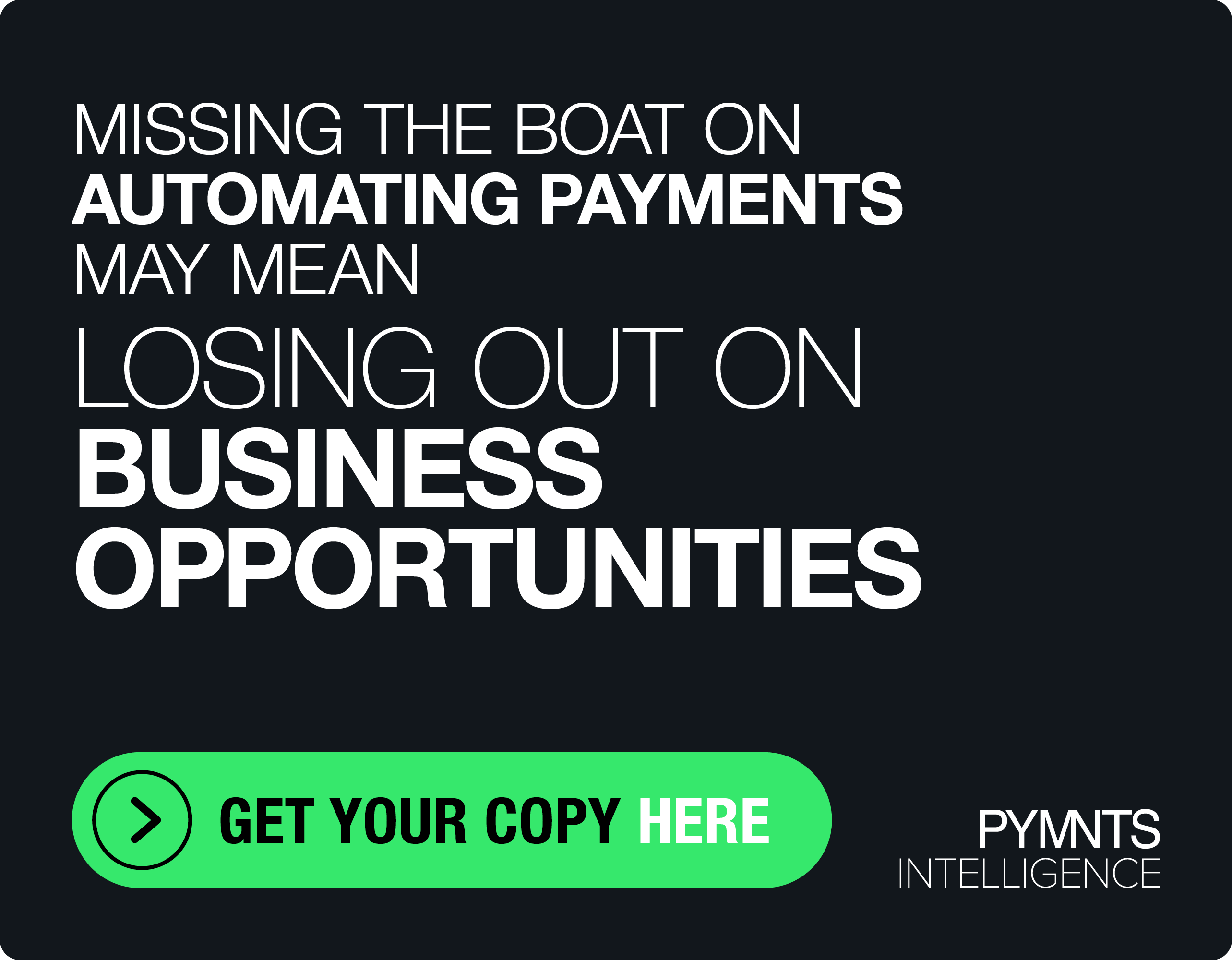Pandemic’s New PPP Extends $5 Billion During First Week

During the first week of the newly-reopened Paycheck Protection Program (PPP), some 60,000 loans were extended totaling $5 billion, the Wall Street Journal (WSJ) reported on Wednesday (Jan. 20).
The Small Business Administration (SBA) relaunched the forgivable loans program on Jan. 11, with the first few days dedicated to community and smaller lenders, like the Community Development Financial Institutions Fund (CDFI). Small businesses were hit especially hard during the economic fallout triggered by the pandemic.
According to a Census Bureau survey, one-third of small business respondents surveyed Jan. 4-10 expressed the need for financial assistance, up from 25 percent in November, the WSJ reported.
“It’s encouraging to see that kind of volume go out the door, especially knowing that it can only go up from here,” John Lettieri, CEO of Economic Innovation Group, told the WSJ. He added that lack of timely assistance caused many small businesses to fail that could have been saved if aid had come sooner.
So far, this new wave of PPP loans have generally been under $20,000 for first-time borrowers and below $75,000 for second-time borrowers, an SBA spokesman told the WSJ. During the program’s debut in April, loans initially averaged $206,000 but dropped to $101,000 on average at the close of the program in August.
About 75 percent of small businesses are seeking their second PPP loan. Almost 75 percent of the $14.8 million extended in the first round of CDFI loans were awarded to small businesses owned by people of color, the WSJ reported.
The PPP program facilitated more than five million loans totaling $525 billion April to August. The new round totals $284 billion with $15 billion earmarked for local lenders. A percentage was also set aside for businesses with 10 employees or less and loans of less than $250,000 in low-income areas.
The new PPP loans were approved by Congress in December as part of its $900 billion COVID stimulus program. Businesses don’t have to pay the loans back if they use the money for eligible expenses.
